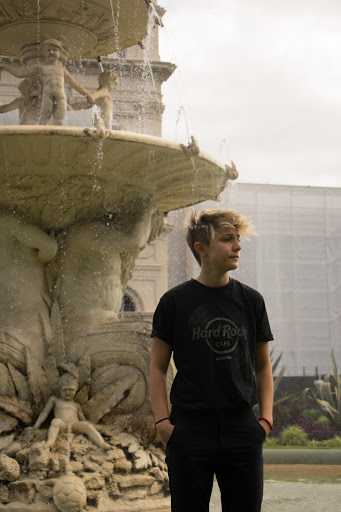Driving Question: Is there life on Mars?
My goals with this project have been to get people thinking about astrobiology and the possibility of extraterrestrial life, and work towards the general democratization of scientific thinking and knowledge. It is my belief that every member of society should have the tools and ability to conduct scientific investigations if they so wish, and to engage critically with new scientific discoveries and current events. Science isn’t something that should only be available to people who have a four year degree and a lab!
This is why I created a kit that can be used anywhere, by anyone, and bring the study of extraterrestrial life to their own home. I designed/adapted three experiments and activities to inspire critical thinking, scientific inquiry, and knowledge building surrounding biology, astronomy, and alien life. I also took a deeper look in my capstone paper at the reasons why there is so much misinformation about aliens in the media and amongst the general public, and along the way discovered a surprising love for science communication! The conversations I had that this kit inspired are the biggest proof that I met my goal of democratizing science; maybe if we all spent a little more time talking about life outside of earth, we’d be able to make life a little better inside of earth too!
What are you most proud of?
I’m most proud of the fact that even in the face of hardship, and people telling me that I couldn’t make this work, I chose to listen to all of the amazing people encouraging me to keep going and try another strategy. This project started out looking very differently, but I couldn’t be happier with how everything turned out. In fact, this product aligns far more with my original goals than the experiment I was planning from the start!
It was so worth it to stay true to my original intention, and put in the extra detail work to make this something I could be really proud of leaving as my TGS legacy.
What are the biggest lessons you learnt through the process of your mastery project?
I learned that the two keys to a successful project are a lot more subtle than you might think: logistics, and a whole lot of feedback. The biggest mistake I made at the outset of my Mastery was not leaving enough time for certain logistical processes to take place, meaning that eventually, I didn’t get the things I needed in time to do the experiment I had planned. Preparation is really nine-tenths of it, and is an essential part of making all the fun showy stuff a possibility!
Feedback is the other big piece of the puzzle. It’s so easy to get caught in your own little Mastery project bubble and forget that the reason you’re doing all this work is to create something other people will be able to interact with and enjoy! It’s essential to keep that factor in mind every step of the way and appreciate every pair of eyes you can get on your project whenever possible.





